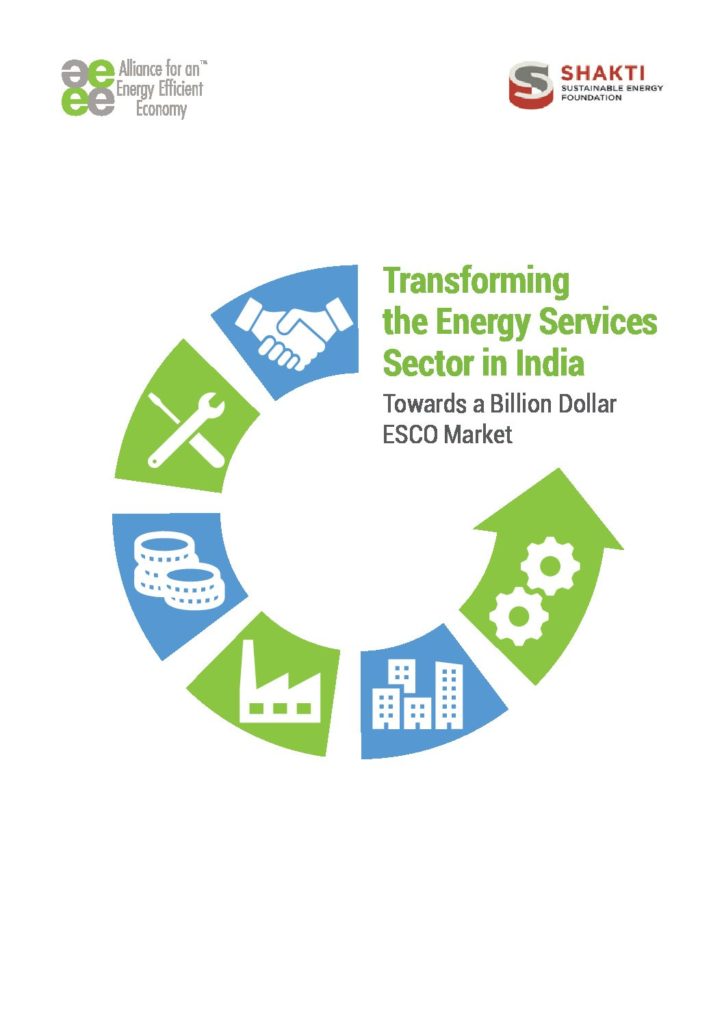The success of Energy Efficiency Services Limited has rekindled interest in the Indian Energy Services sector. A demand aggregation model targeting the low hanging fruits and marrying them with cost-effective and proven energy-efficient technologies shows that India can use its size to create a thriving market for energy-efficient products and services with the help of the right business models. This is giving hope that India may yet follow in the footsteps of the US and China, markets that have been able to create multi-billion-dollar ESCO industry that encourages stakeholders to take calculated risks to deliver significant value in terms of sustained energy savings to end customers. Can India create a positive feedback loop that helps grow the market and let it achieve the critical mass for scale?
Many studies and reports have been prepared in the past dealing with barriers and challenges that the ESCO market in India faces and possible solutions that may work. When AEEE commissioned this study, with the steadfast support from Shakti Sustainable Energy Foundation, our intention, right from day one was not to produce one more report that talks about challenges and barriers but to do some innovative thinking and through our analysis, plug the gaps that we believe has played a significant role in holding the ESCO industry back in India.
AEEE envisions that the window of opportunity for scaling up energy efficiency investments may start to close in India if policymakers, energy service companies, and financial institutions do not work together for the following reasons:
- As renewables continue to drive down the prices of electricity, it may become more difficult to justify the return on investments for energy efficiency projects;
- ESCOs need to not just think about what and how to deliver efficiency but also to think about when to deliver efficiency as Time of Use electricity pricing becomes a reality, and the cost of energy storage will start to compete with a reduction in energy demand during hours when energy from cheap renewable sources may not be available.
